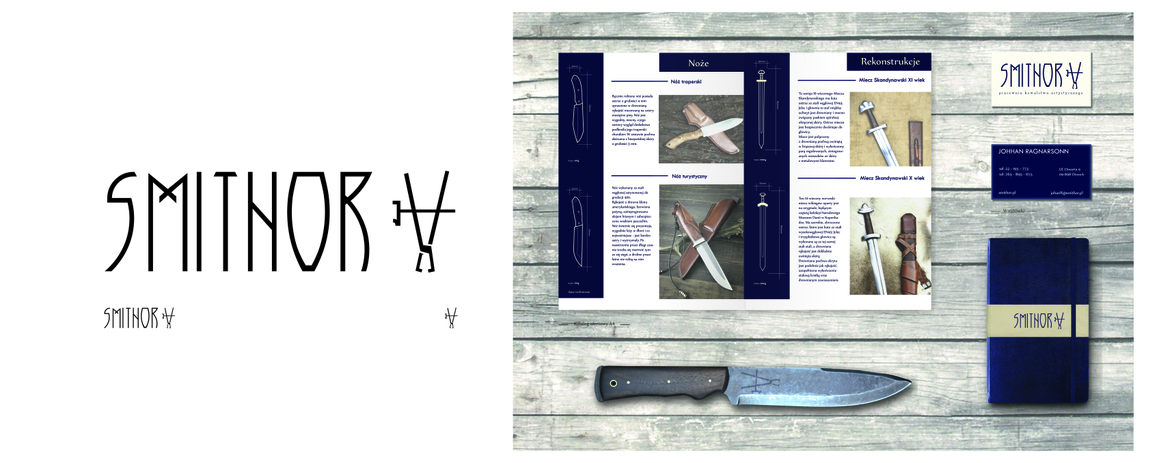Aleksander Łukaszewicz reinterprets the traditional darts game
03 / 06 / 2019
Aleksander Łukaszewicz, third year student of Interior Design at the Academy of Fine Arts in Warsaw and winner of the second prize along with two colleagues in Poland 2018, combines his classes with collaborations in architecture studios designing public spaces and visual identity projects. He also works as a freelance graphic designer. Thanks to this emerging experience, the designer has started to develop his own graphic design, product and interior projects, hoping to enter the professional world as soon as he ends his studies.
For the time being, he has recreated a new version of the popular game of darts. In this new design, the darts are made using light wood fragments as a core, and veneer as flight stabilizer. Their curved shape makes them rotate during flight, rendering them more precise. A wooden board provides the option of arranging it in many different ways to put some new challenge into the game. The aim of the design was to experiment with new materials to make the game more appealing to users, more ergonomic and entertaining. The best answer to that was a spiral form, inspired by fractals sequences. This makes them well fit for the users’ hands and when thrown, darts begin to rotate around their axis, giving them more stability. The new board gives users the possibility to experiment with unusual shapes, thus giving a new feeling to the game.
Another project he has been involved in is the restaurant specializing in Georgian food Chmeli Suneli in Warsaw, by the studio architektwnetrz.pl. Aleksander was responsible for designing the logo and the sign of the restaurant, inspired by shapes of the traditional Georgian writing system.
Aleksander has also designed the logo and visual identity of the blacksmith workshop Smithor, specializing in the manufacturing of tools and the reconstruction of historic weapons.
Based on this image and graphic design projects, we can see that the designer finds it important to get to know other disciplines when developing his projects. For example, knowledge about graphic design can be really helpful when being an interior or industrial designer, because both of these fields are in some parts depending on graphic. “What’s interesting is how the advances in computer technologies are affecting many design fields. Today working with 3D printers, CNC machines in product development processes or using BIM technology becomes the norm in the architecture and design community. Of course technology will always be a tool that will help manage design but it will never be a way to design by itself. But nevertheless that means that in future, we should probably deepen our knowledge on subjects connected with our discipline even though they might seem to be almost from another world”, Aleksander points out. “Product design is quite extraordinary, because it’s an interesting fusion of strict subjects such as ergonomics, materials, science, etc., and artistic subjects like sculpture and painting”.
His working method starts with a deep research on the users the design is aimed at. He carefully analyzes the context, the background and the goal of the project, and studies the different possibilities offered by materials. Only following this procedure is he able to find a satisfactory aesthetic solution for the design. Toy design is a good example of that way of thinking. By investigating our aim and then mixing artistic/technical balance we can predict what that function will be exactly. Sometimes this can be really simple (but at the same time ingenious!) and sometimes it will demand more complicated solutions.




